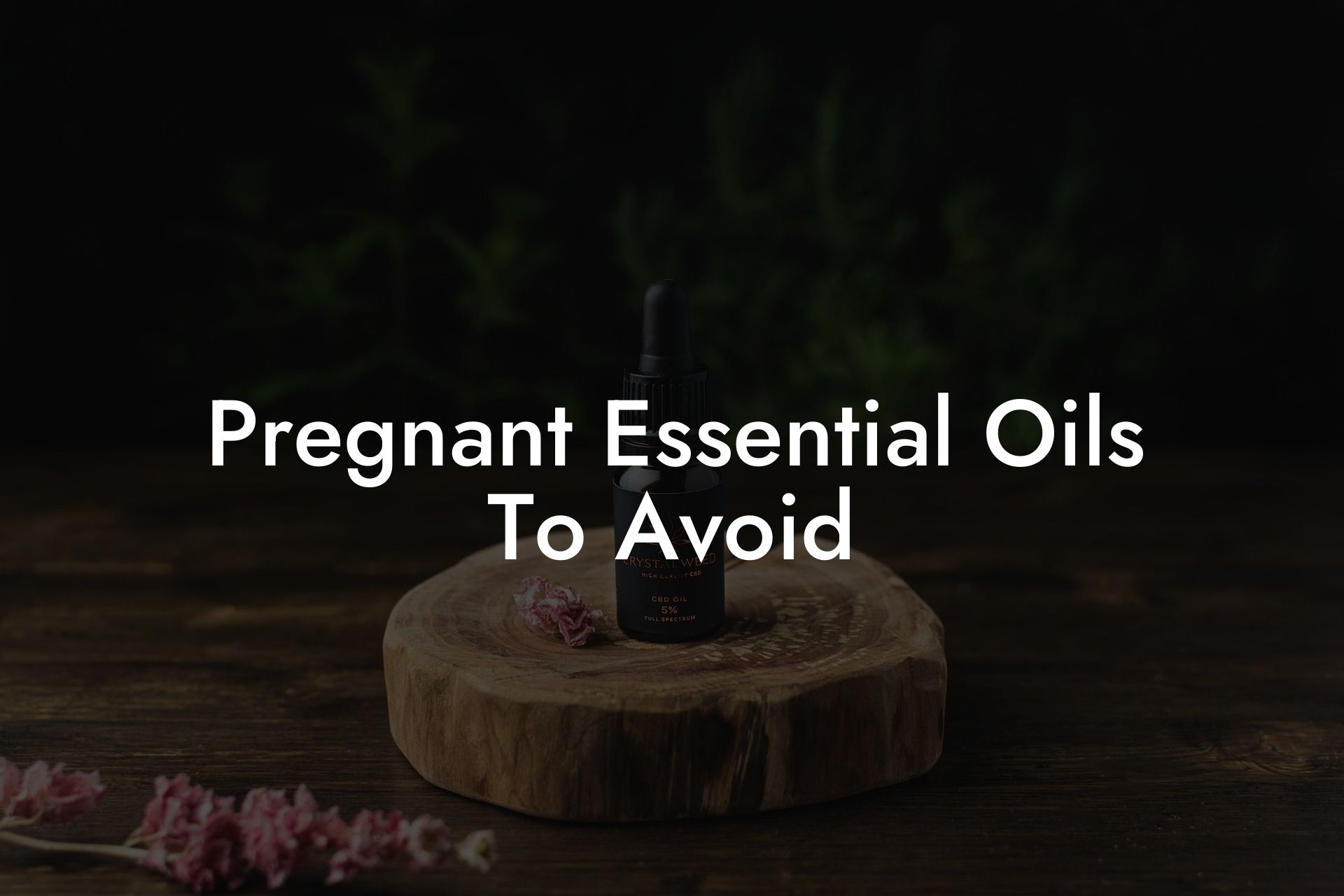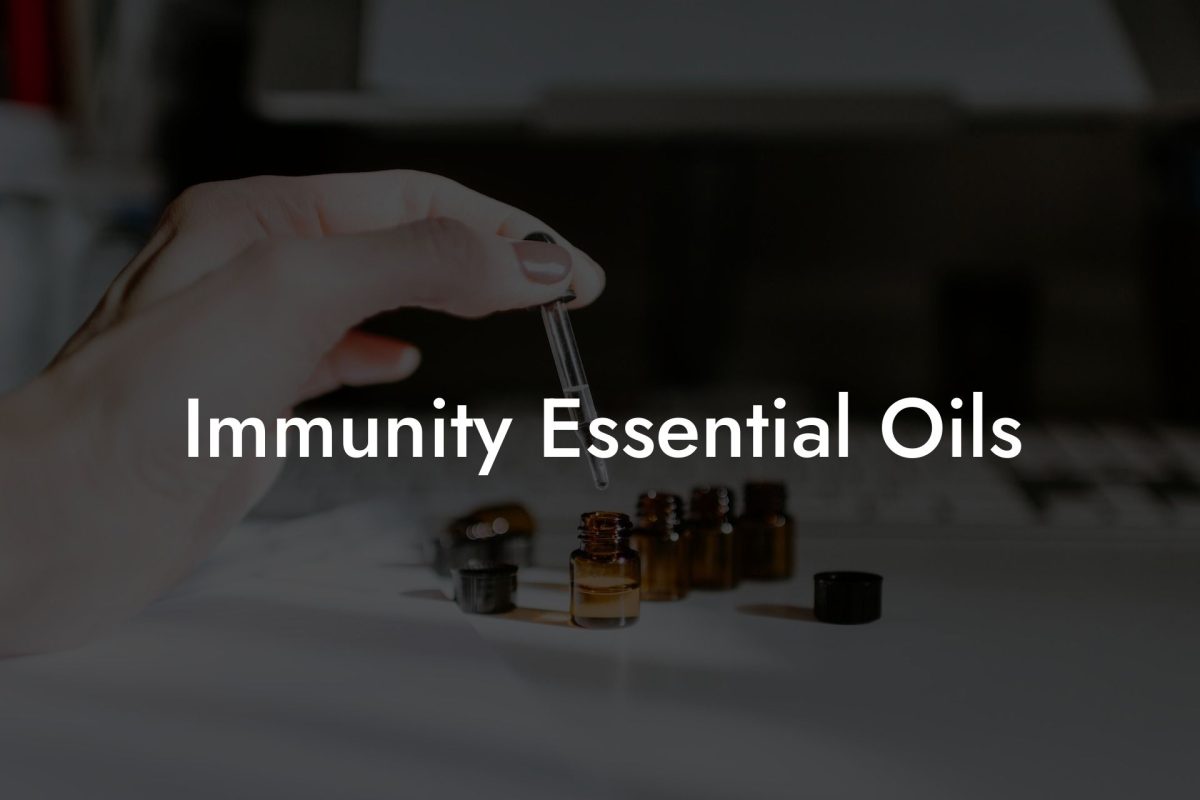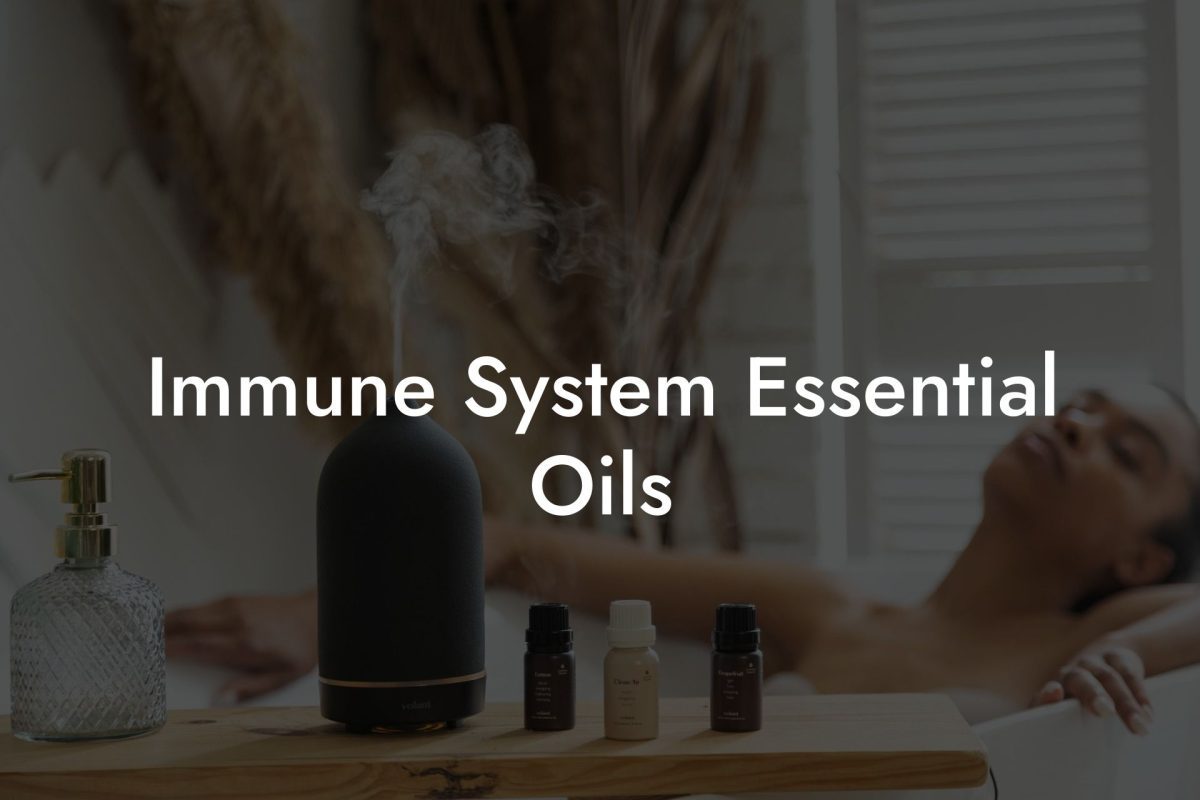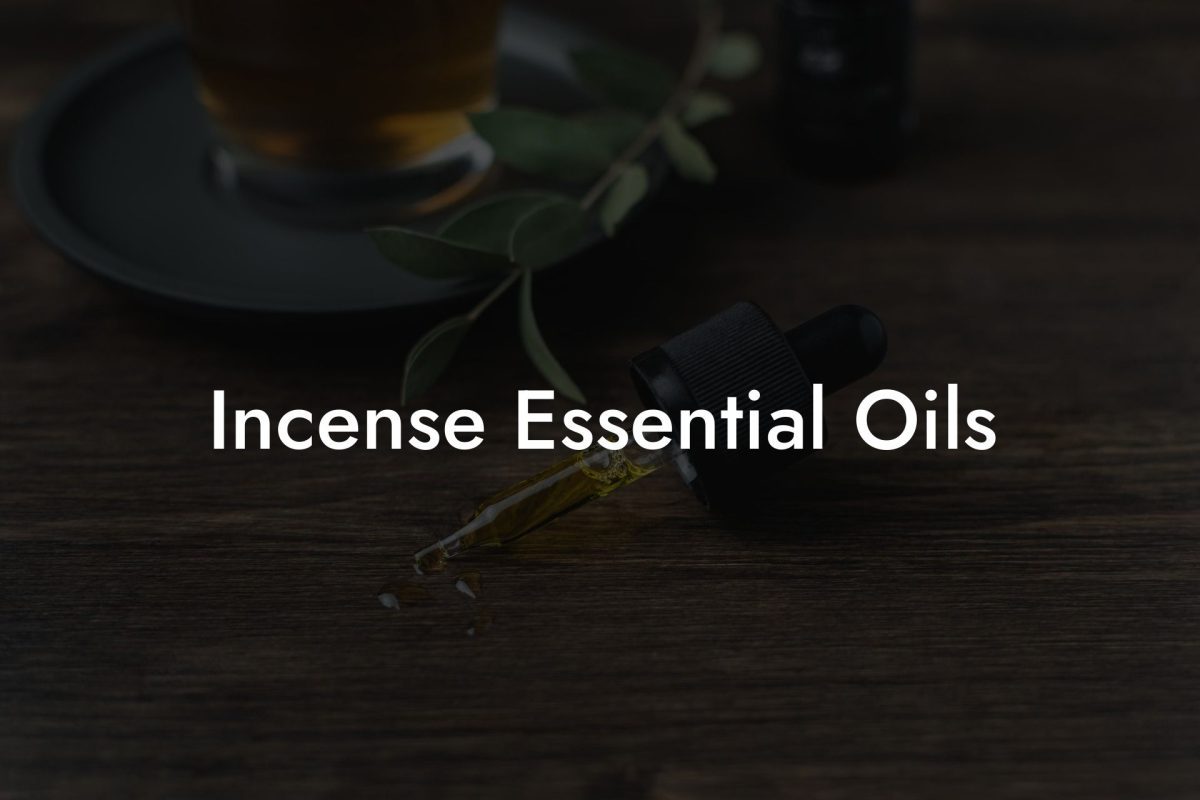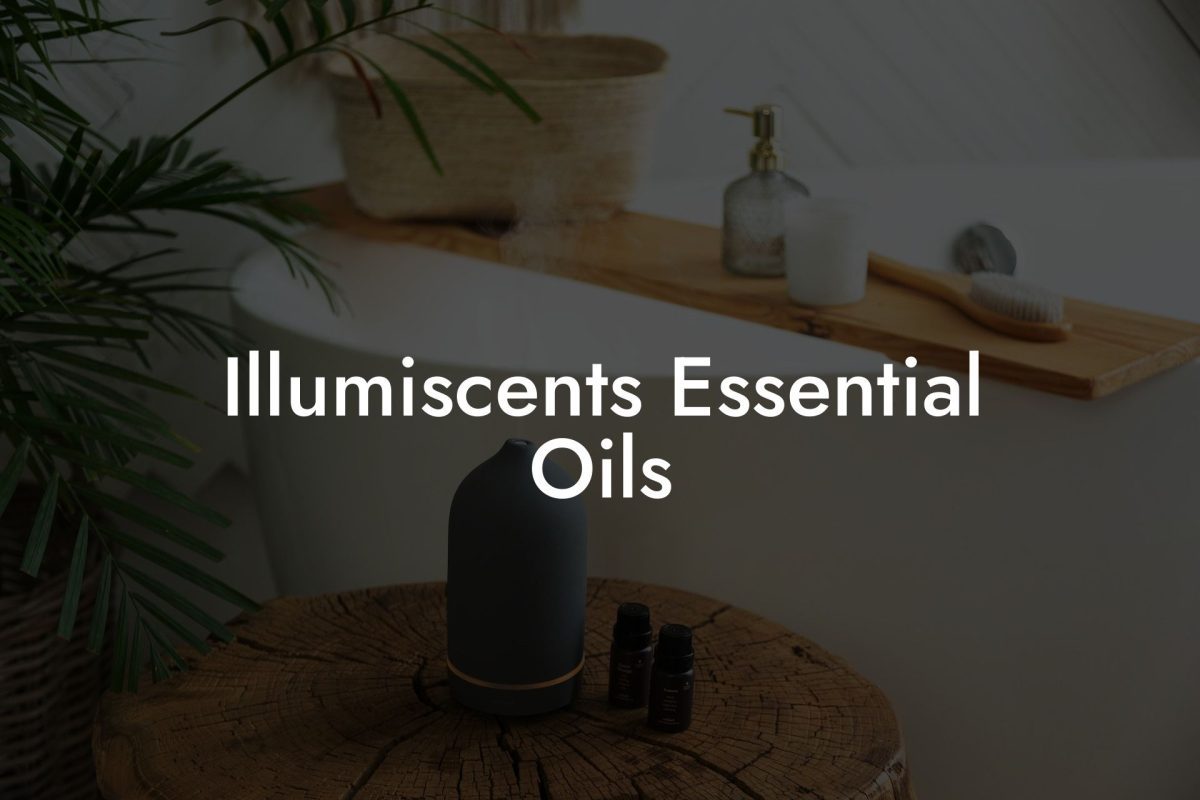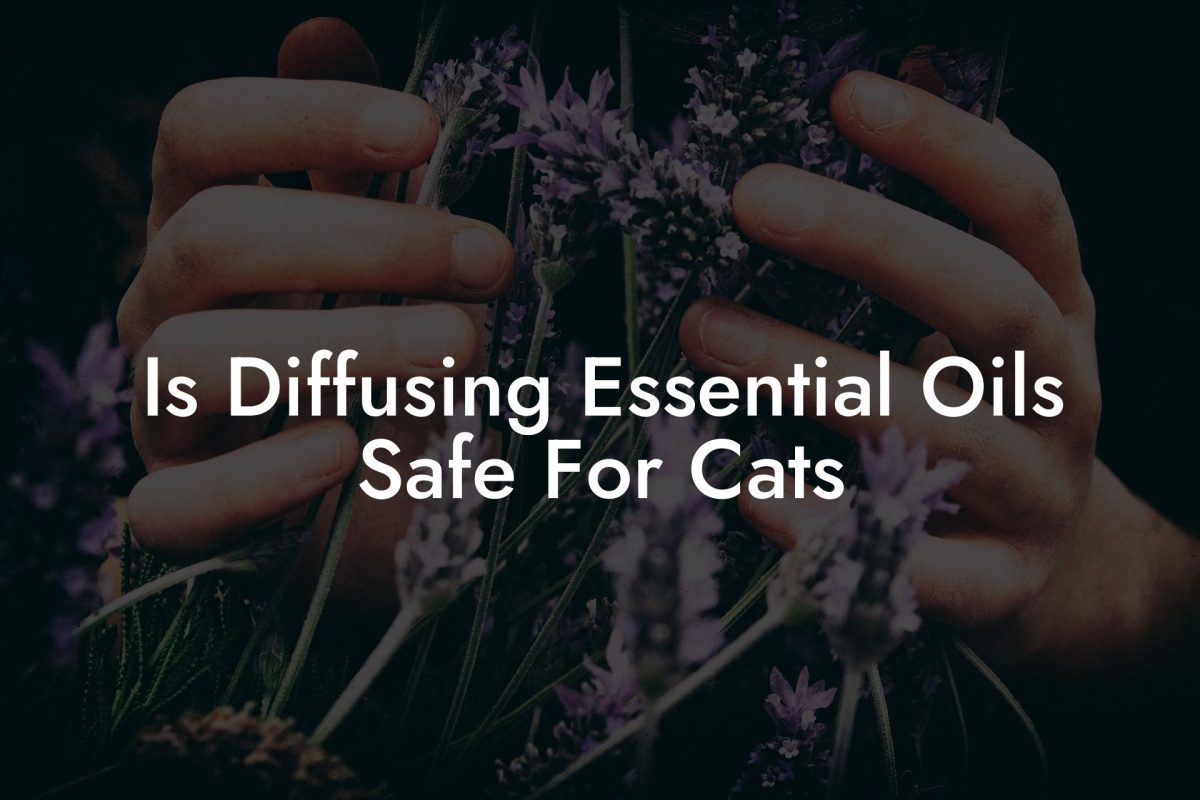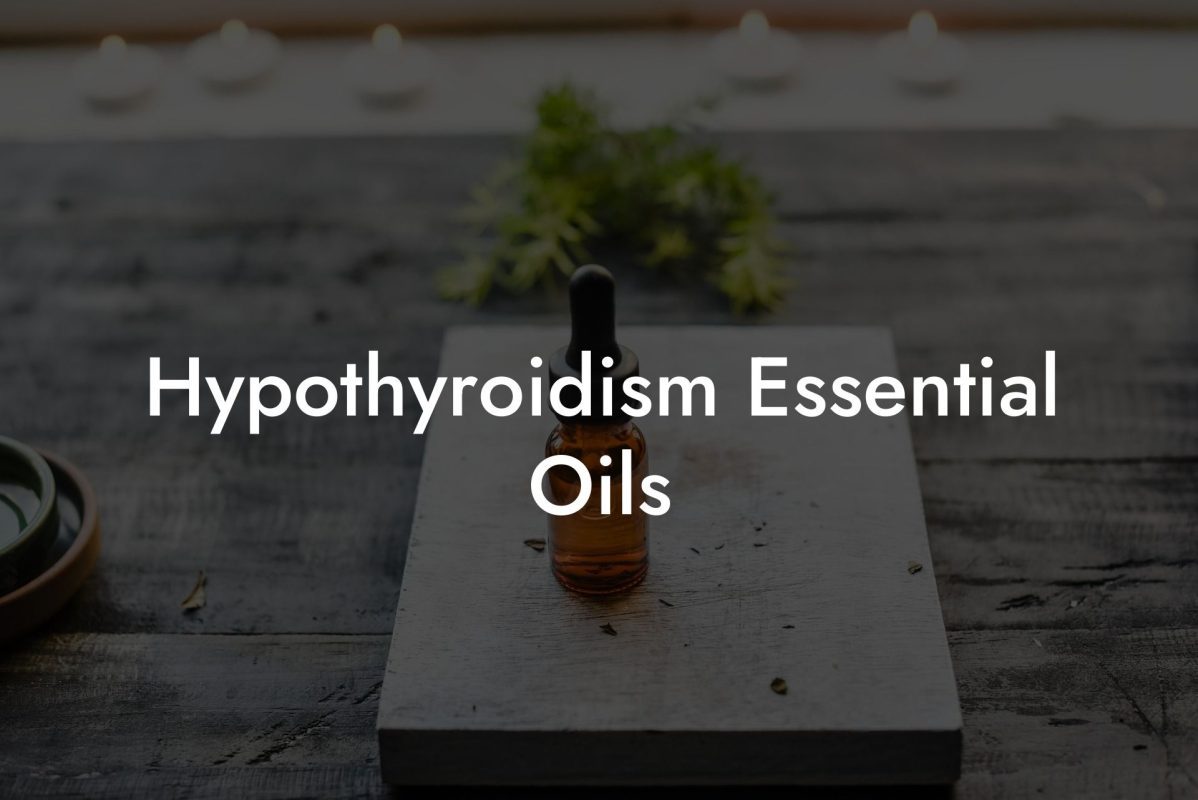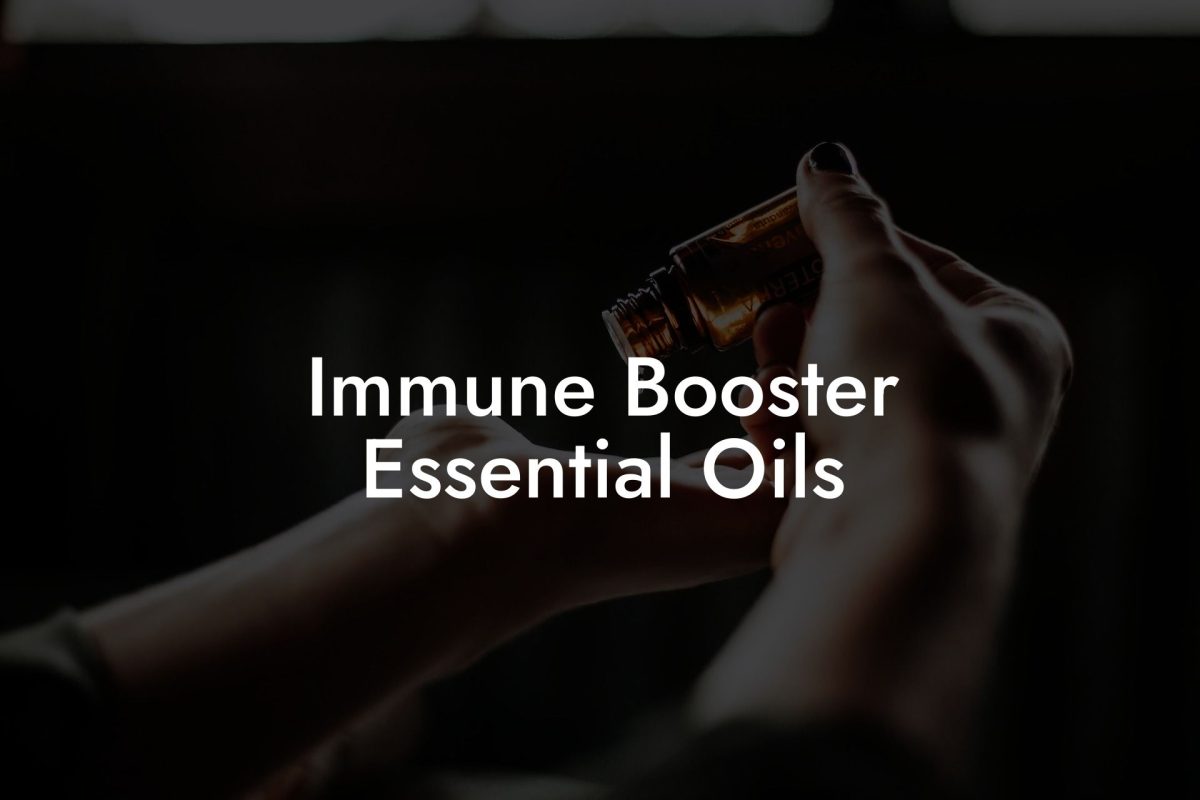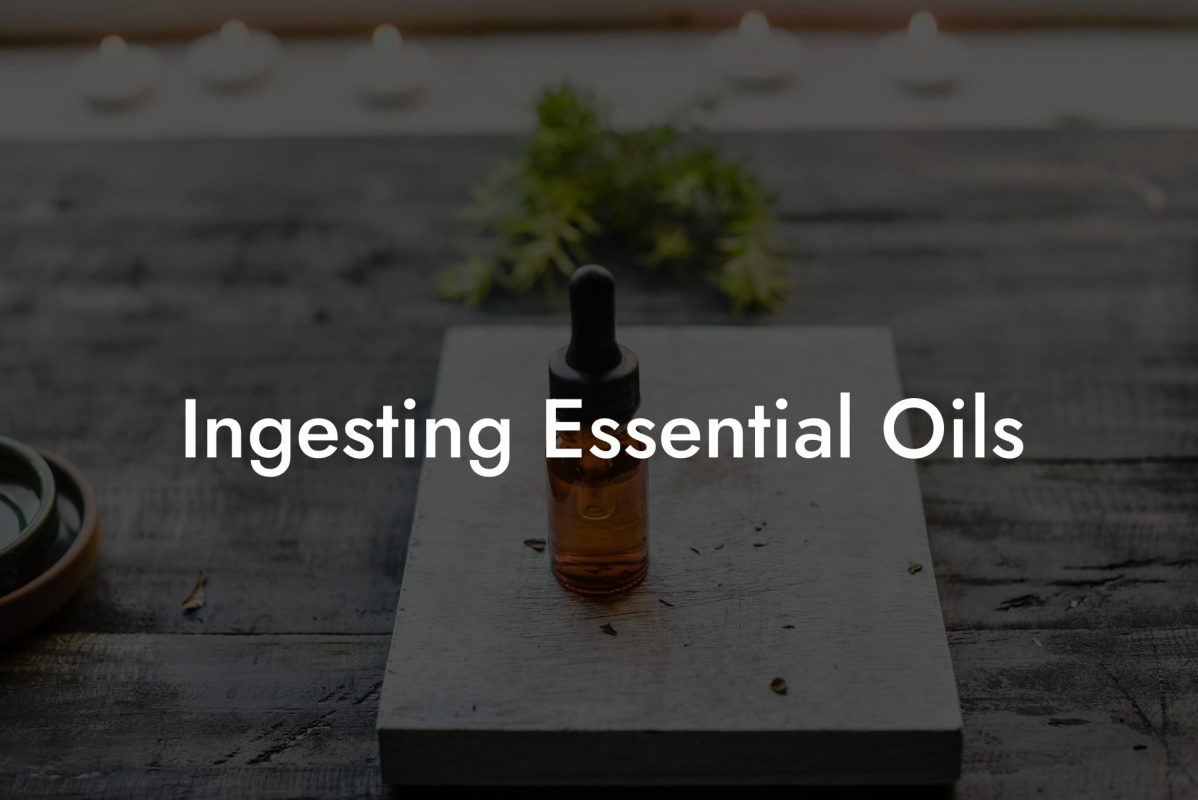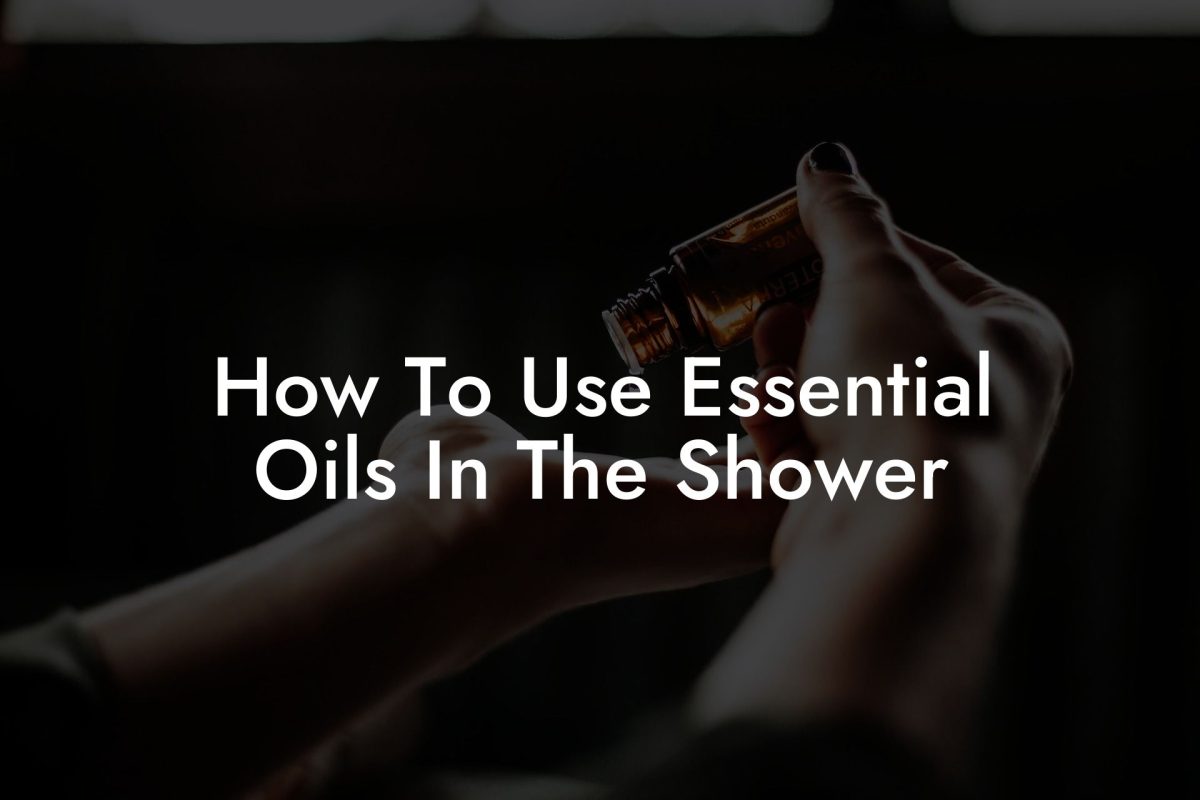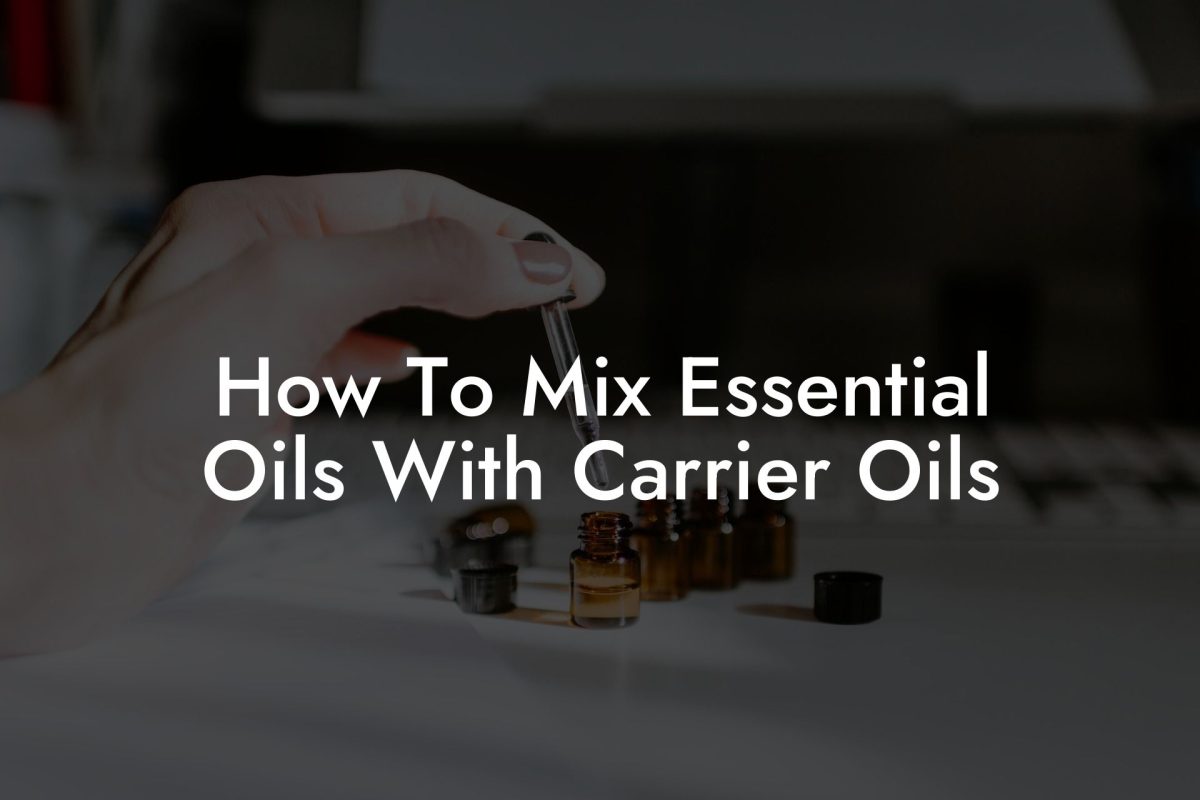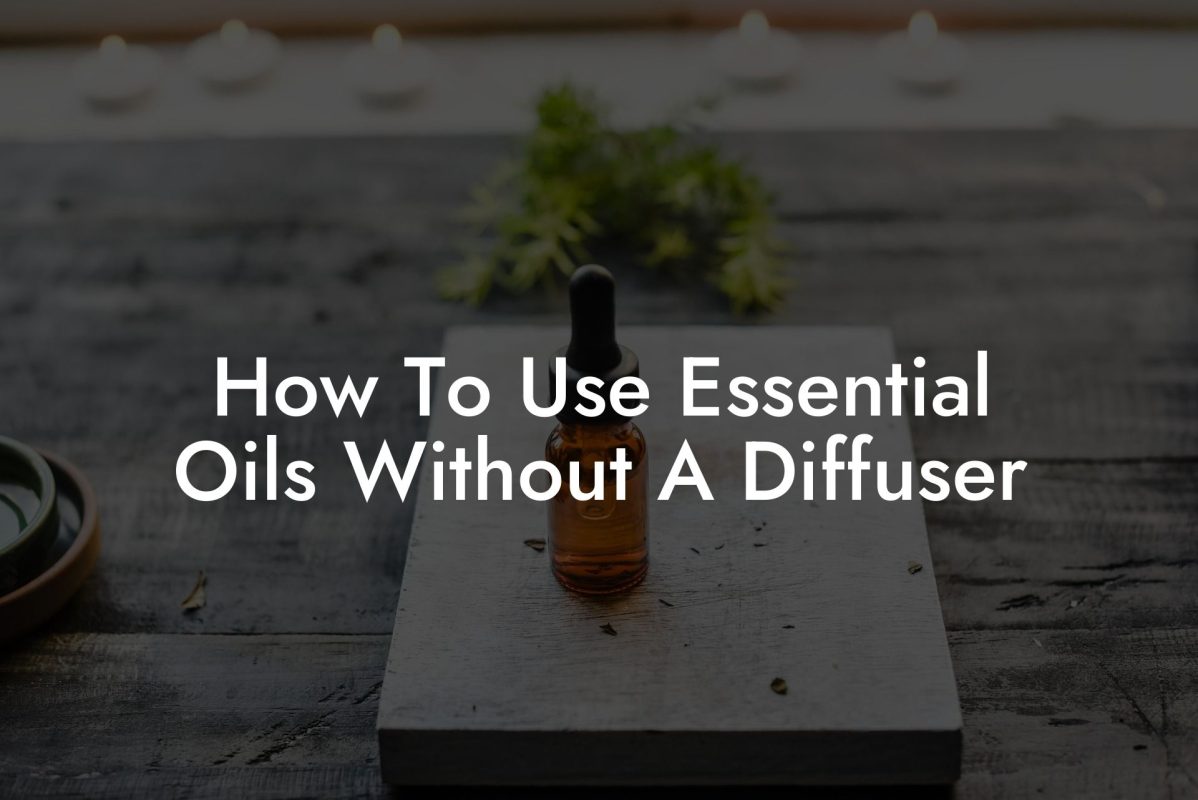Pregnancy is a beautiful and miraculous journey, but it also comes with its fair share of discomforts and concerns. Many expecting mothers turn to natural remedies for relief, and essential oils are a popular choice for their numerous health benefits. However, not all essential oils are safe for use during pregnancy, and it’s crucial to understand which ones to avoid ensuring the well-being of both mother and baby. In this article, we’ll provide you with a comprehensive list of essential oils to steer clear of, along with realistic examples and alternatives to help you have a healthy and aromatic pregnancy journey.
Table of Contents
Why Some Essential Oils Aren’t Safe for Pregnant Women
Essential oils are highly concentrated plant extracts that can have potent effects on the body. While many essential oils have beneficial therapeutic properties, some can pose risks to pregnant women. These risks may include uterine contractions or disturbances to the baby’s central nervous system. Some oils contain compounds that can cross the placental barrier, meaning they can directly affect the fetus. With these potential risks in mind, it’s essential to be cautious and informed about using essential oils during pregnancy.
Pregnant Essential Oils to Avoid
Below is a list of essential oils to avoid during pregnancy, with a brief explanation of why they’re considered unsafe:
- Aniseed: Can stimulate menstruation and uterine contractions.
- Basil: Contains methyl chavicol, which can be toxic and may cause uterine contractions.
- Bitter almond: Contains high levels of prussic acid which can be hazardous to both mother and baby.
- Camphor: Can be toxic, even in small doses, and may cause fetal abnormalities.
- Clary sage: Can stimulate uterine contractions and should be avoided during pregnancy and labor.
- Fennel: Has estrogenic effects, which can affect hormonal balance during pregnancy.
- Juniper berry: Has a potential nephrotoxic effect, which can harm the kidney function of both mother and fetus.
- Parsley seed: Can stimulate uterine contractions and increase the risk of miscarriage.
- Pennyroyal: Highly toxic and can cause uterine contractions leading to miscarriage.
- Sage: Contains high levels of thujone, which can be toxic and cause uterine contractions.
- Tansy: Highly toxic and can lead to miscarriage and birth defects.
- Wintergreen: Contains high levels of methyl salicylate, which can be toxic and cause uterine contractions.
Safe Alternatives for Pregnant Women
Fortunately, there are many essential oils that are considered safe for use during pregnancy, such as lavender, chamomile, and ylang-ylang. These oils can provide relief from common pregnancy symptoms like stress, anxiety, and discomfort. Always make sure to dilute essential oils with carrier oils, such as coconut oil or almond oil, and use them sparingly. If you’re unsure about using a particular oil, consult with your healthcare provider or an experienced aromatherapist for guidance.
Pregnant Essential Oils To Avoid Example:
During her second trimester, Jane was experiencing pregnancy discomforts such as restless nights and back pain. She found relief by diffusing a blend of lavender and chamomile essential oils at bedtime. The soothing aromas of these oils helped her to relax and sleep more comfortably. She made sure to avoid using any of the essential oils listed above, ensuring her safety and that of her growing baby.
Pregnancy is a time of incredible transformation, and it’s essential to prioritize your health and safety. As we’ve discussed in this article, some essential oils pose risks to pregnant women and their unborn babies, so it’s essential to have a clear understanding of which oils to avoid. We hope that this information helps you navigate the world of essential oils during pregnancy with confidence. If you found this article helpful, please share it with your expecting friends and family members, and explore other related guides and articles on Oshu Oils. Don’t forget to check out the range of essential oils available at Oshu Oils, specially curated with safety and well-being in mind.

